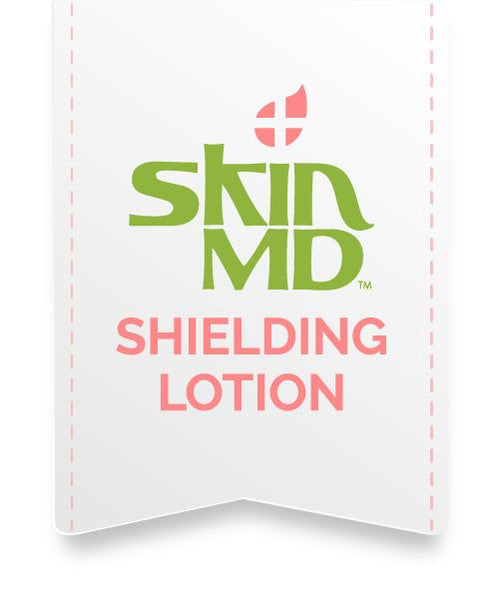Deionized water (Aqua)
(purified water/demineralized water):
Pure and extremely soluble, leaving much less drying residue than water used in other products. Deionized water is water that lacks ions, such as cations (positive charged ions) from sodium, calcium, iron, copper and anions (negatively charged ions) such as chloride and bromide. This means it has been purified from most ions. This type of water is produced using an ion exchange process.
Aloe Barbadensis Leaf Extract:
Long known for its healing and moisturizing properties as a dry skin moisturizer. Aloe Vera has a long history as a safe and effective medicine and skin care aid that has traditionally been used to treat various skin conditions, including psoriasis, eczema, inflammation, burns and wounds. A great dry skin moisturizer, it helps keep your skin supple by bringing oxygen to the cells, increasing the strength of skin tissue.
Cyclopentasiloxane:
A non-toxic silicone known for waterproofing and lubricating qualities. Leaves skin silky-smooth and is a great dry skin remedy. Cyclopentasiloxane is a colorless, odorless, transparent, non-greasy and non-toxic silicone fluid. One of the many types of silicones known for the ability to lubricate and waterproof, water-thin. Cyclopentasiloxane helps spread heavier silicones and is often used in combination with Dimethicone.
Methyl Gluceth-20 (Glucose Moisturizer):
A natural ingredient that retains moisture and improves hydration and helps to rejuvenate skin. Glucose is a natural component of the stratum corneum layers of skin that binds water and hydrates your skin. Glucose moisturizers, including Methyl gluceth-10 and -20, are water-soluble emollients (allow oil and water to mix), humectants (water retention) and moisturizers derived naturally from corn sugar and cornstarch.
Chondrus Crispus (Carrageenan):
Carrageen / Irish Moss – Chondrus crispus – has long been known for its gelling properties and it is the source of Carrageenan – which is commonly used as a thickener and stabilizer in milk products, i.e. ice cream and other dairy products. Carrageenan uses are so diverse, you have probably consumed it without knowing it. It is used in various foodstuffs, toothpaste and creams and lotions.
Tocopheryl Acetate (Vitamin E):
Protects cell membranes, diminishes negative effects of pollutants, making it a great ingredient as a dry skin treatment
Vitamin E is a powerful antioxidant* that helps your body to protect cell membranes and other fat-soluble parts of the body. It may also be beneficial for slowing the aging of cells (getting rid of wrinkles) and tissues, protecting from frostbite and other cold-induced injuries, diminishing the negative effects of environmental pollutants, improving anemia, speeding wound and burn healing, reducing scarring.
Sorbitan Oleate:
Sorbitan Oleate is the monoester of oleic acid (a source of omegas) and hexitol anhydrides derived from sorbitol (often used as a humectant). It is used in a variety of formulas used in the cosmetic industry, including skin care products, skin cleansing products, moisturizers, eye makeup and other makeup, according to RealSelf.com. It is primarily used as an emulsifier, and is especially suited formulations containing vegetable oils. It is considered a good co-emulsifier for lotions and other emulsions.
Acrylates/C10-30 Alkyl Acrylate Crosspolymer:
A non-toxic thickening agent that enhances the pleasing feel of the lotion. Helps it glide on smoothly, making it a really great dry skin cream. Acrylates/C10-30 Alkyl Acrylate Crosspolymer is a non-toxic thickener suitable for use in formulations, which demand superior appearance, exceptional clarity, smooth flow (shear-thinning) and suspending or stabilizing properties. It delivers effective performance across a broad pH range, with greatest viscosity efficiency at pH 5.0. This, along with broad compatibility with typically used cosmetic ingredients, makes the polymer ideal for use in hair and skin care applications. The polymer imparts a light, cushiony feel in applications, helping to promote an enhanced tactile experience in use.
1,2 Hexanediol:
One of two ingredients in our proprietary, extremely effective humectant which makes Skin MD Natural Shielding Lotion™ the best lotion for dry skin.
Butylene Glycol:
Organic ingredient that makes our product extremely soluble. Butylene glycol is a non-toxic, hypo-allergenic organic humectant and solubilizer used in cosmetic and food preparations. Its safety and usage has been well documented and approved by such agencies as the US FDA, the US EPA, and the CTFA. Butylene glycol is not a skin sensitizer, is not considered a skin irritant and is the safest of a class of chemicals called solubilizers.
Caprylyl Glycol:
The companion to 1,2 Hexanediol in our humectant. Skin MD Natural™ contains a proprietary formulation, consisting of 1,2 Hexanediol and Caprylyl Glycol, which is probably the most effective humectant* available today. It is naturally derived from coconut and has the unique property of protecting against microbial growth from bacteria and yeast while giving the finished product exceptional feel, making it a superior dry skin cream.
Phenoxyethanol:
A safe antiseptic and anti-microbial preservative, which helps to treat dry skin. Phenoxyethanol is an organic chemical compound, known as a glycol ether. One of the most widely used safe and effective preservatives in dermatological products such as skin creams, it also works as a topical antiseptic, providing a broad spectrum anti-microbial activity against either gram-negative or gram-positive bacteria, yeasts and molds.
Butylene Glycol:
Organic ingredient that makes our product extremely soluble.
Butylene glycol is a non-toxic, hypo-allergenic organic humectant and solubilizer used in cosmetic and food preparations. Its safety and usage has been well documented and approved by such agencies as the US FDA, the US EPA, and the CTFA. Butylene glycol is not a skin sensitizer, is not considered a skin irritant and is the safest of a class of chemicals called solubilizers.




